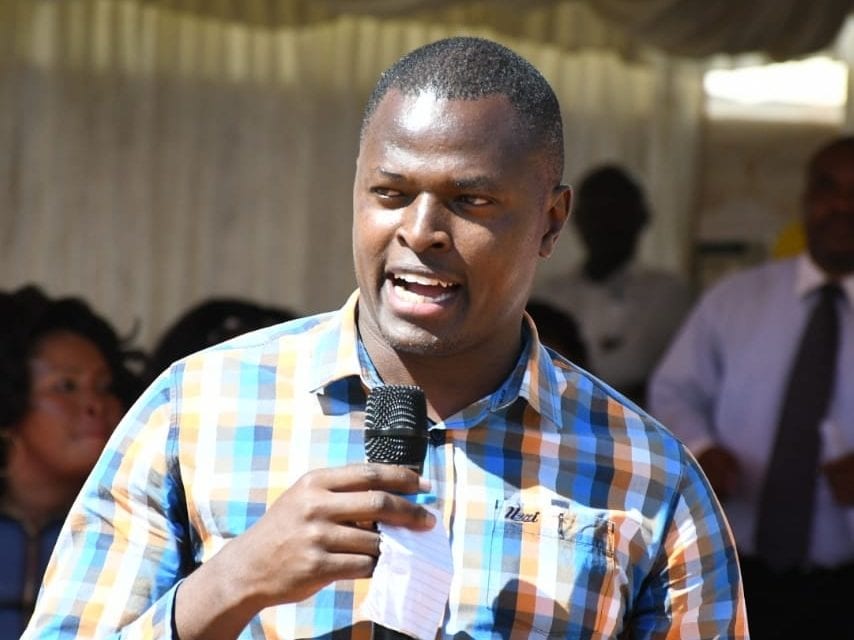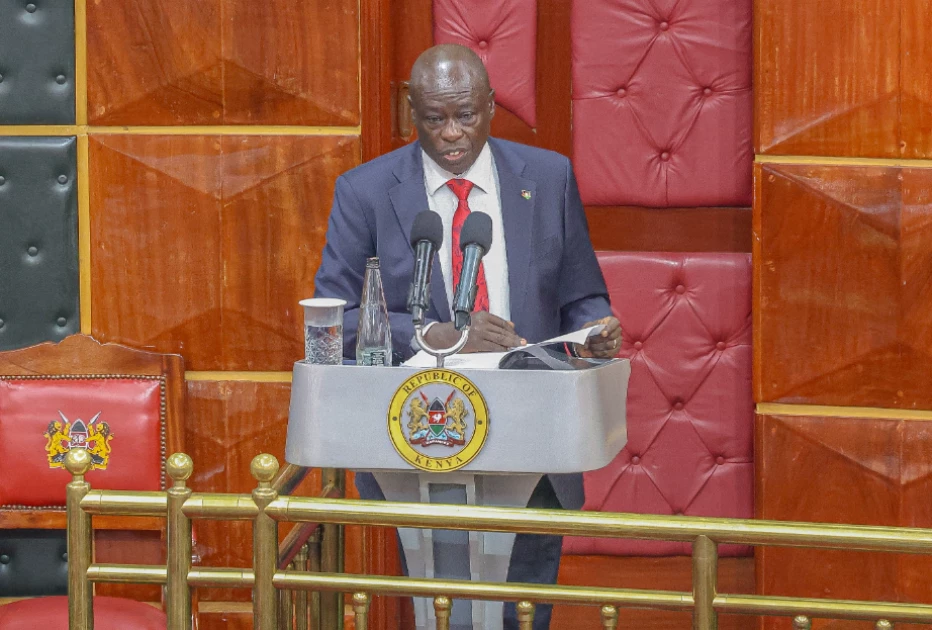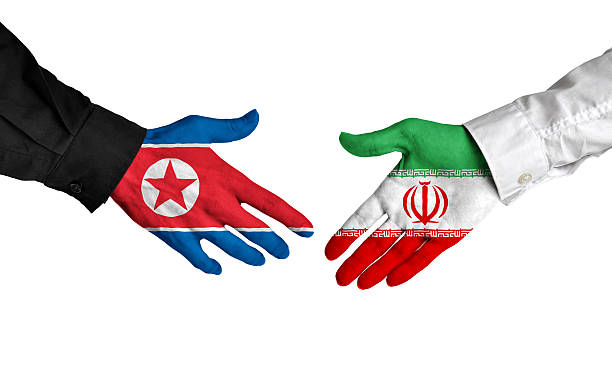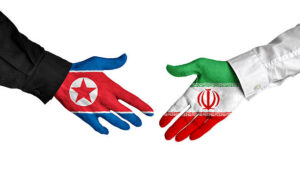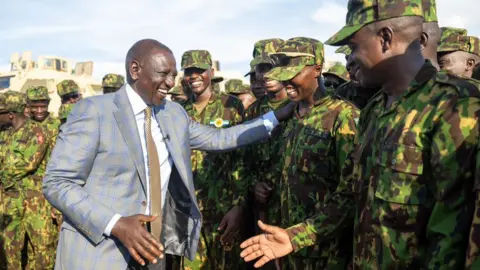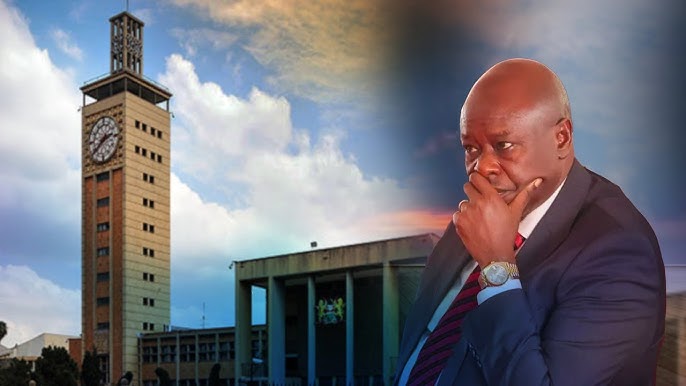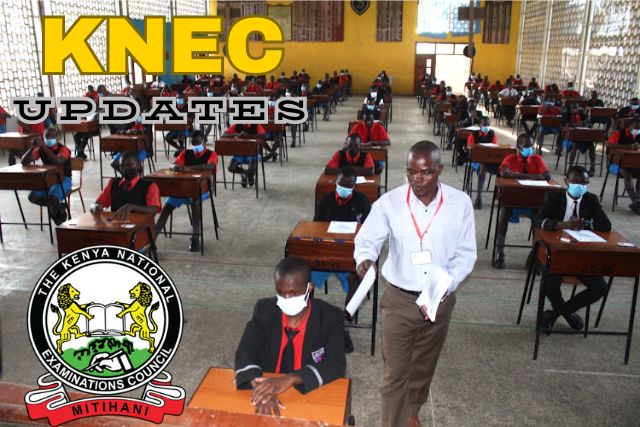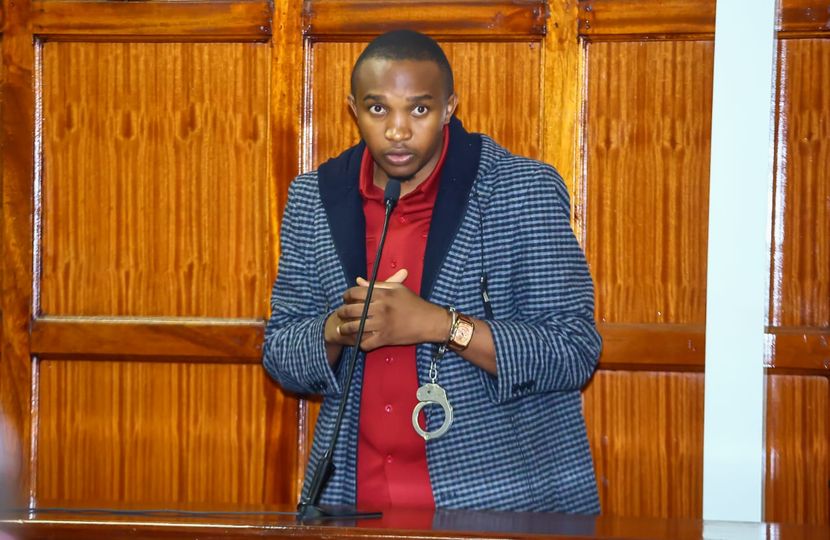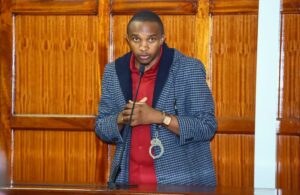The digital era has revolutionized how vehicle ownership is transferred in Kenya, making the process quicker and more efficient. The National Transport and Safety Authority (NTSA) has implemented an online system to facilitate seamless transfers. However, many vehicle owners still encounter challenges during this process. In this article, we will explore common mistakes that owners make when transferring vehicle ownership digitally, based on insights from NTSA.
Failure to Verify Information
One of the most critical steps in the vehicle ownership transfer process is verifying the information provided in the application. Owners often assume that the details entered online are correct without cross-checking. This can lead to mismatches in vehicle registration numbers, identification numbers, or personal information, causing delays or rejections of the application. To avoid this mistake, it’s essential to review all entered data meticulously before submission.
Neglecting to Clear Outstanding Fines
Another common error is failing to settle any outstanding traffic fines or penalties before initiating the transfer. The NTSA system does not allow transfers if the vehicle owner has unresolved issues with fines. Owners should check their traffic violation status on the NTSA portal and ensure that all fines are paid off. This step not only facilitates a smooth transfer but also prevents potential legal issues in the future.
Inadequate Documentation
The NTSA requires specific documentation for a successful vehicle ownership transfer. Owners often overlook the need to have all the necessary documents in order. Missing documents, such as the original logbook, a sale agreement, or proof of identity, can halt the transfer process. To avoid this pitfall, it’s advisable to gather all required documents ahead of time and ensure they meet the NTSA’s specifications.
Using Incorrect Payment Methods
The NTSA portal accepts various payment methods for transfer fees, including mobile money and bank transactions. However, some owners mistakenly use the wrong payment method, leading to failed transactions and wasted time. It is crucial to follow the payment instructions provided on the NTSA platform and to keep transaction receipts for reference. If a payment issue arises, having this documentation will assist in resolving it promptly.
Ignoring the Importance of a Sale Agreement
While the digital system streamlines the ownership transfer process, it does not eliminate the need for a formal sale agreement between the buyer and seller. Some owners skip this crucial document, thinking it is unnecessary in a digital transaction. However, having a sale agreement protects both parties and serves as legal proof of the transaction. It can be beneficial in case of disputes or issues that may arise after the transfer.
Not Updating Personal Information
If an owner has changed their personal information, such as their ID number or contact details, they must update this information on the NTSA system before initiating a transfer. Failure to do so can lead to complications during the transfer process, as the system relies on current and accurate information. Owners should regularly check and update their profiles on the NTSA portal to reflect any changes.
Rushing the Process
The convenience of digital transactions can lead some owners to rush through the transfer process, thinking that speed is of the essence. This haste can result in errors, such as typos or overlooking necessary steps. It is advisable to take time to understand each stage of the transfer process, ensuring all requirements are met accurately. Patience and attention to detail are vital to avoid complications down the line.
In Conclusion
Transferring vehicle ownership digitally through the NTSA portal offers a convenient solution for vehicle owners in Kenya. However, to ensure a smooth and efficient transfer process, it is crucial to avoid common pitfalls. By verifying information, settling fines, preparing documentation, using the correct payment methods, drafting a sale agreement, updating personal information, and taking the time to complete the process accurately, vehicle owners can navigate the transfer system with confidence. By being mindful of these common mistakes, owners can save time, money, and avoid unnecessary complications during the vehicle ownership transfer process.

